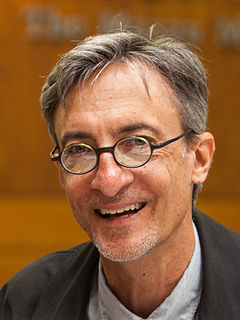Top 26 Quotes & Sayings by Chris Raschka
Explore popular quotes and sayings by an American artist Chris Raschka.
Last updated on April 14, 2025.
Somewhere in this process, I begin reading and showing my book to my audience. When I say my audience, I mean a single imaginary child who is a blend of myself as a young person, the students in my wife's classroom of first- through third-graders, and the students from two classrooms I visit regularly in the Bronx, New York.
























